Al Jazeera has put together a photo essay of hydropower and of communities related to hydropower, in Laos, PDR. I have also pasted below. The only dam currently being constructed on the Mekong, in Laos, is Xayaburi. Five dams have been commissioned on the Mekong in China, and three more slated for commission in the near future. Those are much bigger and are storage dams. Presumably they have displaced more people - combination of the dam and resulting reservoir size and population density.
| In pictures: Damming Laos' Mekong River |
The landlocked country is building several huge dams, displacing hundreds and unsettling environmentalists.
Dave Tacon Last Modified: 25 Apr 2013 09:54
|
The landlocked southeast Asian country of Laos is going full steam ahead with a series of dams on the Mekong River and its tributaries, despite objections from the governments of Cambodia and Vietnam and concerns from environmental groups. Construction is already underway on the Xayaburi Dam, a 810-metre-long and 32-metre-high Laos-Thai megadam, expected to be completed in 2019. Around 95 percent of electricity from the hydropower dam will be exported to Thailand as part of a massive development drive by the communist, one-party state to lift the nation of Laos from the ranks of Asia's poorest countries. Along with the immediate environmental effects of such a huge project, hundreds of villagers have been resettled to make way for construction of the Xayaburi Dam. The first group of around 300 people were shifted to Natornatoryai, an arid site around 35km from the river. Despite retraining programs and new homes, those relocated lament that they are unable to earn a living away from the river and that compensation from the dam authorities was withdrawn after one year instead of the promised three. More than 20 families have already left the site to return to the river. Further downstream, more than 60 million people in the Lower Mekong Delta depend on the Mekong for food, income and transportation. A total of 11 large hydropower dams are planned by the governments of Laos, Thailand, Vietnam and Cambodia, while China has already completed five dams on the Mekong's upper reaches, with another three under construction. China is also the driving force behind a cascade of dams on the Nam Ou River, a tributary of the Mekong in northern Laos. Environmentalists fear these dams' impact on fish numbers may have a devastating effect on food security and biodiversity in the region. |
View As Slideshow >>

Dave Tacon/Al Jazeera
A young girl and her puppy sit high on the banks the Nam Kham River, a tributary of the Mekong. Laos is going ahead with building a number of dams on the Mekong and its tributaries, despite objections from the governments of Cambodia and Vietnam and concerns from environmental groups.

Dave Tacon/Al Jazeera
A fisherman stands in his small boat as he pulls in a fishing net on the Mekong River. Millions depend on the Mekong River for food, income and transportation.

Dave Tacon/Al Jazeera
Ferryman Si Manasit wears a cowboy hat on his brightly painted tug boat emblazoned with a Soviet flag. The ferry is close to the Xayaburi Dam. The 810-metre-long and 32-metre-high Laos-Thai megadam is expected to be completed in 2019 and will export electricity to Thailand.
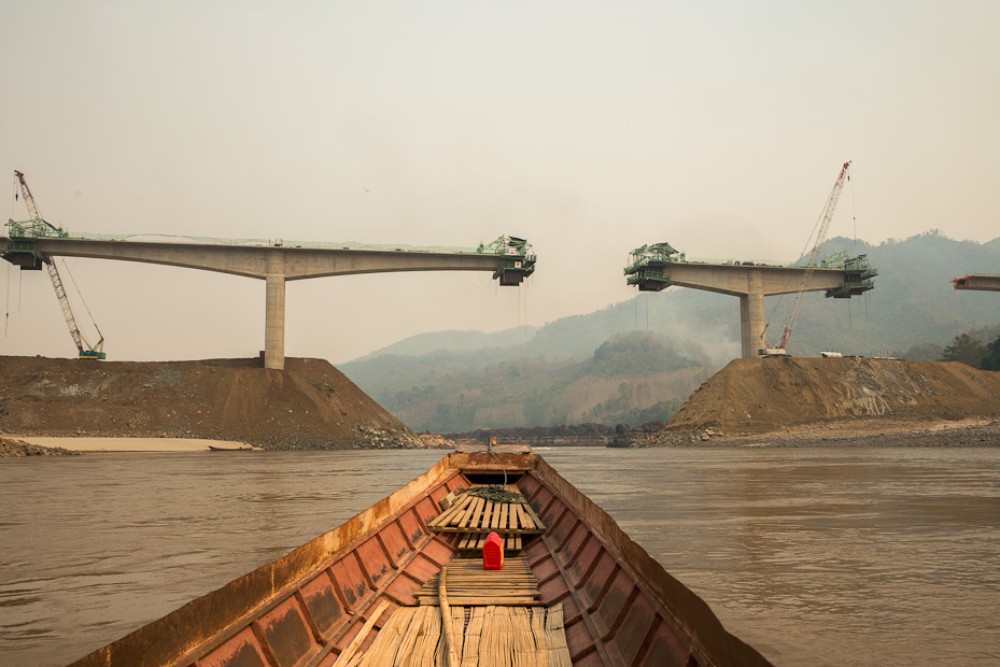
Dave Tacon/Al Jazeera
A view of the new bridge at Thadua, upstream from the Xayaburi Dam. According to locals, this bridge is being built in partnership between the Laos government and private Korean and Thai firms.
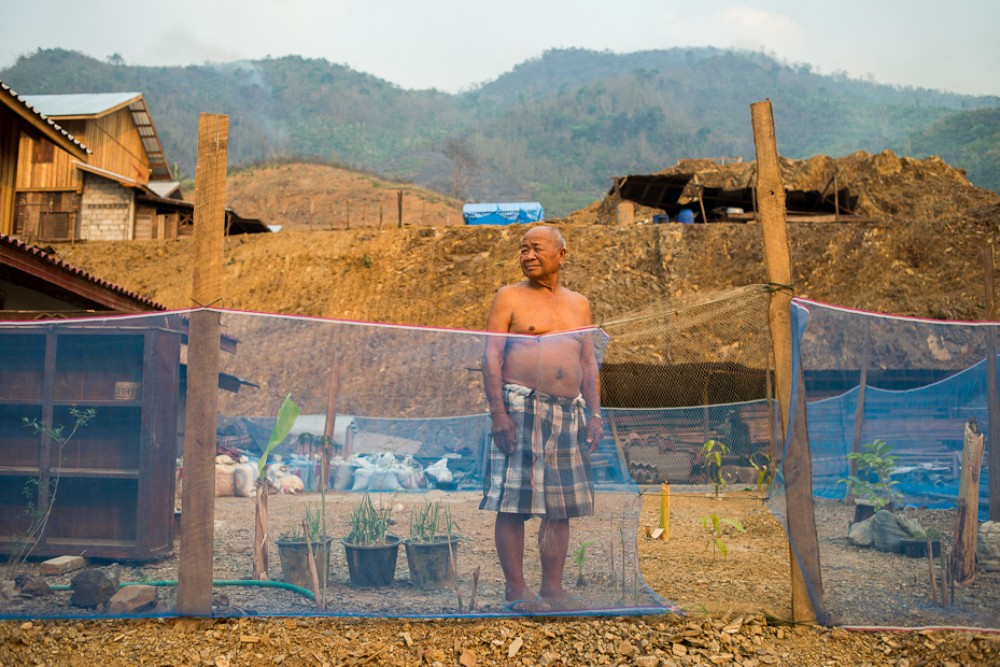
Dave Tacon/Al Jazeera
A villager stands on a site that will become a garden in a new village next to the Xayaburi Dam for people relocated by the project's construction on the Mekong River. Many residents are dissatisfied with the relocation and compensation, but feel they have little choice in the matter.

Dave Tacon/Al Jazeera
A bulldozer clears a road as workers pass by at the massive construction site for the Xayaburi Dam.

Dave Tacon/Al Jazeera
An earthmover and a pickup truck carrying workers and a soldier with an AK-47 assault rifle pass a street cutting through the relocation site for residents of Paknern Village, who were moved to make way for the Xayaburi Dam.
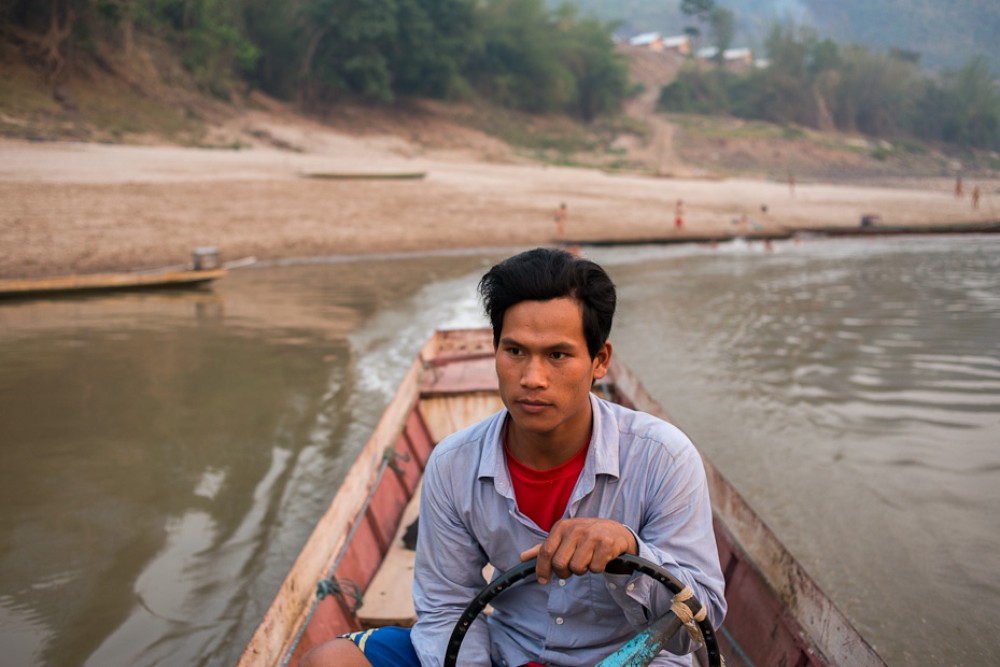
Dave Tacon/Al Jazeera
Boatman Lot (who has no second name), a 23-year-old, steers his boat on the Mekong River, upstream from the Xayaburi Dam.
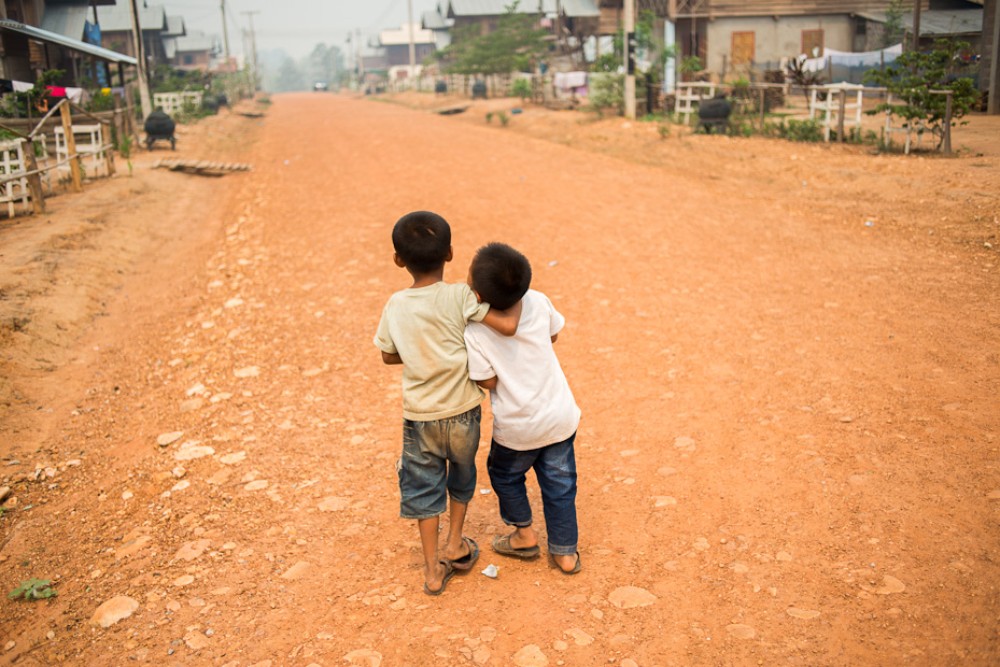
Dave Tacon/Al Jazeera
Two boys walk down a dirt road at an arid relocation site for those displaced by the dam construction. The first group of around 300 people was resettled to Natornatoryai, around 35km from the river.
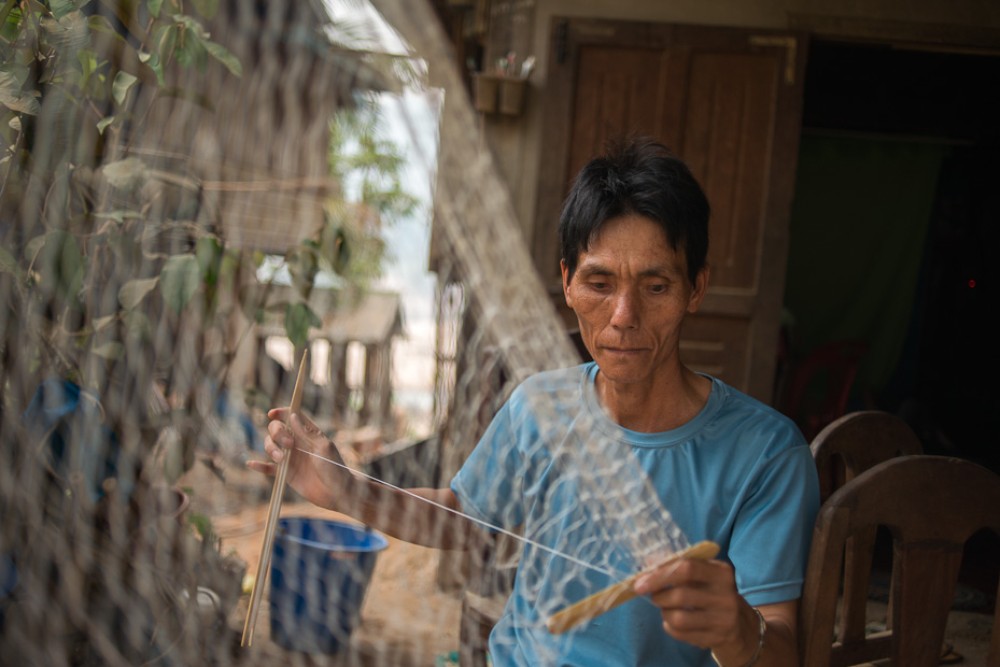
Dave Tacon/Al Jazeera
Somsack Inthajak, 55 makes a fishing net at his home in Thadua, upstream from where the Xayaburi Dam is being built. "When the dam is finished, it might be easier to fish - like a big fish pond," he says. "It could be a problem for those downstream though." Environmentalists say these dams could have a devastating effect on food security and biodiversity in the region.

Dave Tacon/Al Jazeera
Fish traps set by members of the Khmu ethnic minority on the Nam Ou River, near the massive dam project by Chinese hydropower giant Sinohydro. Nam Ou 2, which is expected to be completed in just three years, is part of a cascade of seven dams on the river.
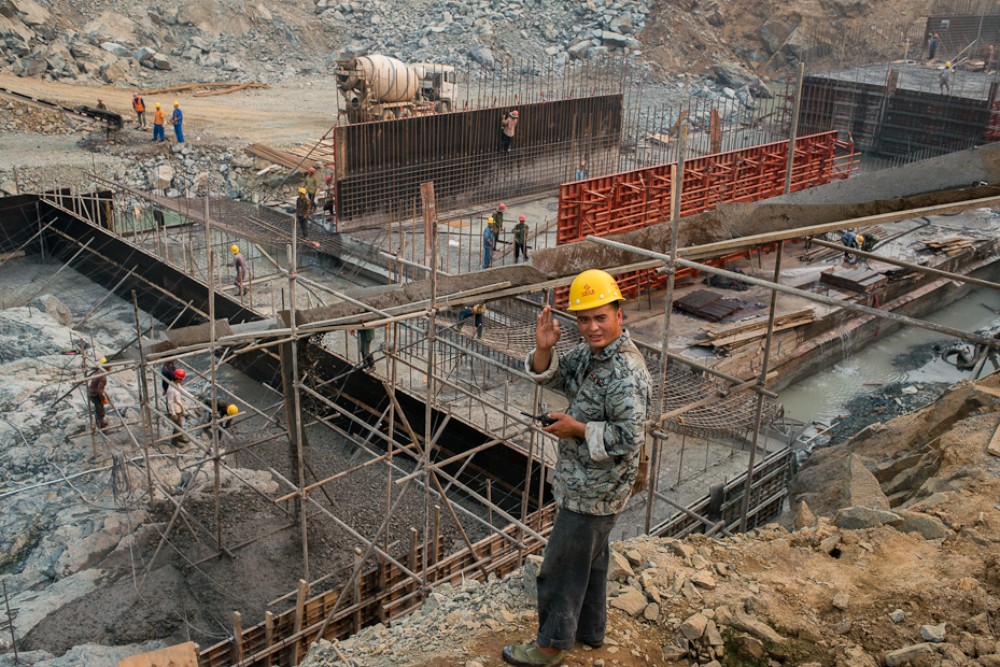
Dave Tacon/Al Jazeera
A Chinese worker at the site of the Nam Ou 2 dam. The Nam Ou River is a tributary of the Mekong.
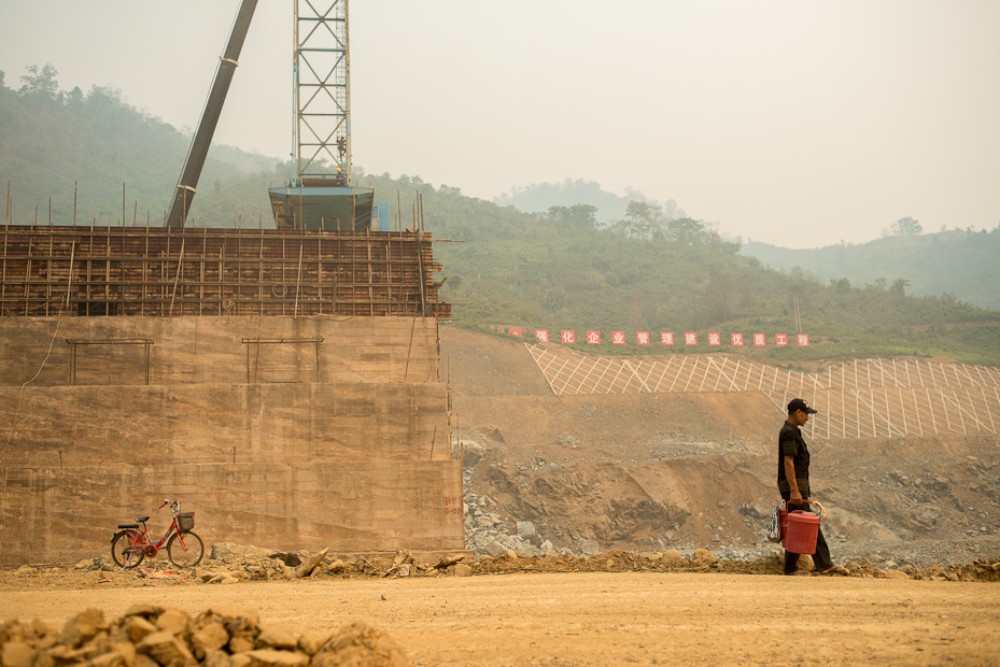
Dave Tacon/Al Jazeera
A local worker is dwarfed by the Nam Ou 2 dam, currently under construction.
|




No comments:
Post a Comment